-
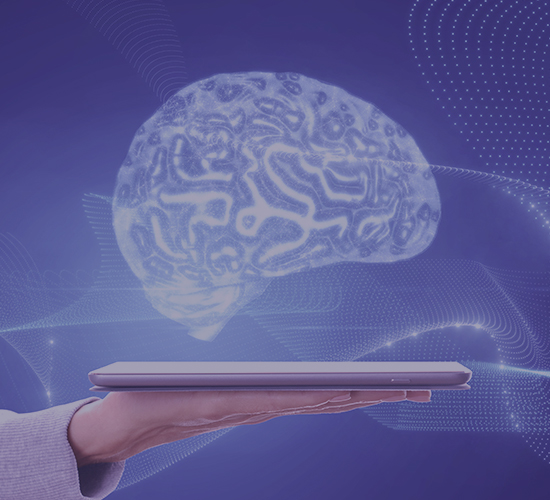 01 Brain dynamics
01 Brain dynamicsAnalyzing the spatiotemporal organization of neural activity, such as EEG, to study how these changes affect the development of cognitive function and behavior
Analyzing large-scale neural networks, neural oscillations and synchronization to understand the complex and nonlinear brain
Data driven model discovery using deep learning technology
-
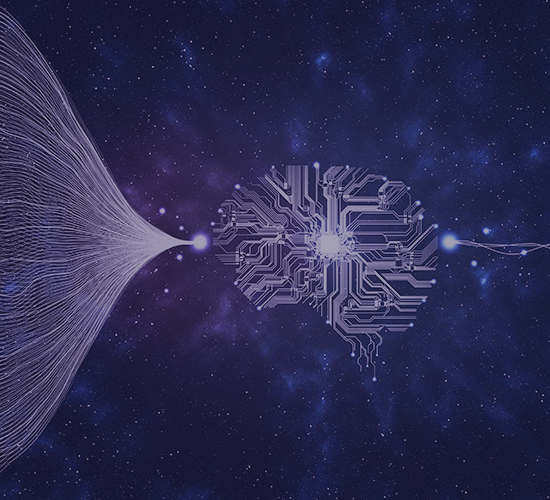 02 Decision Neuroscience
02 Decision NeuroscienceUnderstanding the neural basis and dynamic principles of human decision-making to provide an integrated model of decision-making processes.
Social decision making : Understanding and analyzing the brain structure and function, patterns and networks of brain activity, cognitive processes, and emotional regulation involved in making decisions that influence not only oneself but also others, such as gossip and social curiosity.
Neuroeconomics : Researching the areas of the brain, mechanisms of operation, and the impact on cognitive processes involved in economic decision-making by experimentally simulating various economic decision situations and measuring behavioral and neural activity.
Impaired decision-making : Detecting impaired decision-making processes that lead to detrimental behaviors, such as suicide, in brain disorders, and developing therapeutic tools for diagnosing and recovering from mental disorders.
Neuroarchitecture : Understanding, through a neuroengineering approach, how the environment/architecture affects human behavior, thoughts, emotions, and cognitive abilities to provide better spaces and proposing improved environments for users.
-
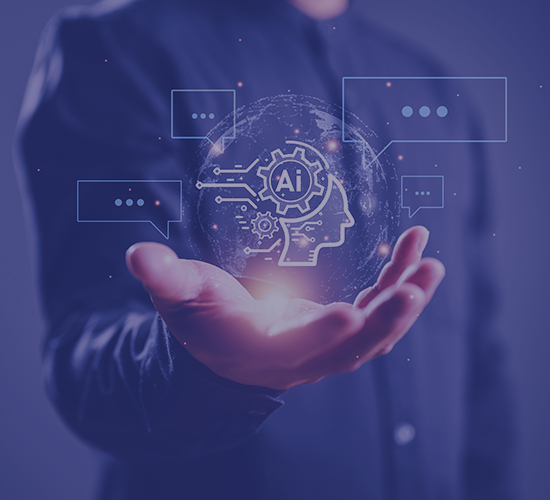 03 Computational neuroscience
03 Computational neuroscienceComputational neuroscience is the analysis and prediction of phenomena occurring in the actual brain through computer modeling, simulation, artificial intelligence, and other methods based on a theoretical understanding of the structure and function of the brain.
Computational Neuropsychiatry : Understanding the cause of mental illness by comprehensively analyzing various data such as brain imaging, behavior, and genes, proposing treatment methods through computer modeling, artificial intelligence, brain imaging, and genome analysis research, and predicting the possibility of mental illness.
Motor Generalization : Measuring motor control, sensory processing, learning ability, etc. through appropriate tasks, taking brain images, and studying models for motor learning using technologies such as computer simulation and machine learning.
Model integration : Creating a new model by integrating existing models in various ways to better understand and predict complex human functions.
-
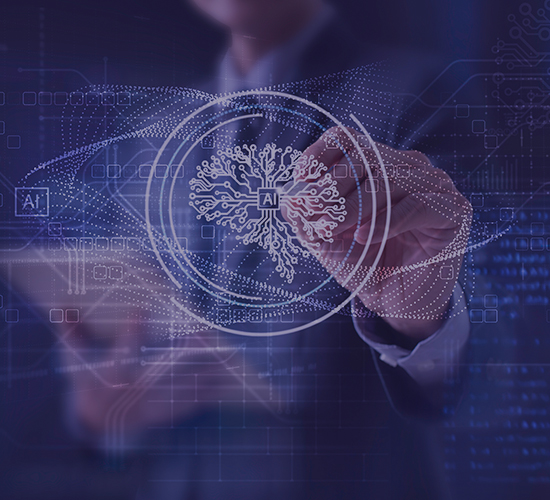 04 Connectomics
04 ConnectomicsBy studying how connections in our brains form and interact, we may better understand how differences in brain networks lead to differences in behavior.
- Analyze network organization in various species' nervous systems
- Predict how brain networks will develop with aging, disorders, etc.
- Devise interventions by predicting treatment outcomes
-
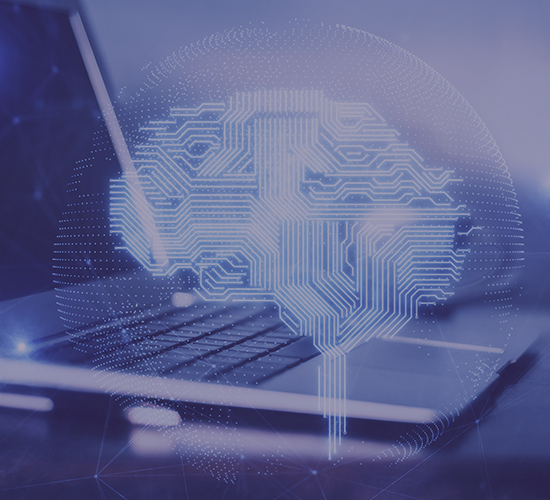 05 Brain computer interface(BCI)
05 Brain computer interface(BCI)Brain-Computer Interface (BCI) is the development of interfaces for interaction between humans and computers, which can be applied in various fields such as medicine and robotics.
- Research on brain state measurement methods and decoding algorithms for the medical diagnosis of brain disorders.
- Research on decoding methods for visual stimulus responses and specific thought patterns in the brain.
- Research on motor imagery decoding algorithms and control protocols for the control of robots and exoskeletons.
- Research on methods for bidirectional interaction between humans and computers.
-
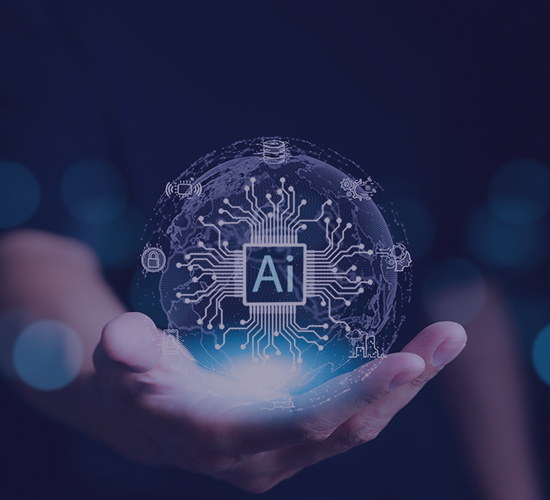 06 Brain inspired Artificial Intelligence (AI)
06 Brain inspired Artificial Intelligence (AI)Research on artificial intelligence mimicking computational neurology and cognitive learning structures and methods
- Proposal of reinforcement learning direction inspired by the curiosity and planning methods of animals, including humans
- Proposal of a new deep learning structure and paradigm

